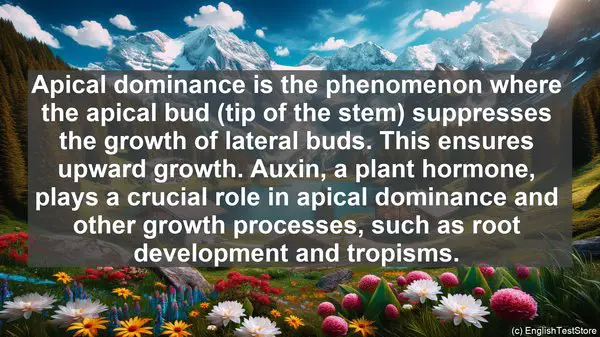Introduction
Welcome to today’s lesson on plant physiology. In this lesson, we’ll be discussing the top 10 commonly confused words in this field. Understanding these terms is essential for a strong foundation in plant biology. So, let’s dive in!
1. Photosynthesis vs. Respiration
Photosynthesis and respiration are often used interchangeably, but they have distinct meanings. Photosynthesis is the process by which plants convert light energy into chemical energy, while respiration is the process of breaking down glucose to release energy. Both are vital for a plant’s survival, but they occur in different cellular compartments and have opposite reactions.
2. Xylem vs. Phloem
Xylem and phloem are the transport tissues in plants. Xylem carries water and minerals from the roots to the leaves, while phloem transports sugars and other organic compounds from the leaves to the rest of the plant. Think of xylem as the plant’s water highway and phloem as its sugar highway.
3. Stomata vs. Lenticels
Stomata and lenticels are involved in gas exchange in plants. Stomata are tiny openings on the leaf surface, primarily responsible for CO2 uptake and water loss through transpiration. Lenticels, on the other hand, are corky structures on stems and woody roots, allowing gas exchange in older tissues.

4. Apical Meristem vs. Lateral Meristem
Meristems are regions of active cell division in plants. Apical meristems are found at the tips of roots and shoots, responsible for primary growth. Lateral meristems, such as the cambium, are responsible for secondary growth, increasing the girth of stems and roots.
5. Monocot vs. Dicot
Monocots and dicots are two major groups of flowering plants. Monocots, like grasses, have one cotyledon (seed leaf), parallel leaf veins, and flower parts in multiples of three. Dicots, such as roses, have two cotyledons, net-like leaf veins, and flower parts in multiples of four or five.

6. Turgidity vs. Flaccidity
Turgidity and flaccidity describe the state of plant cells. Turgid cells are fully inflated due to water uptake, providing structural support. Flaccid cells lack water and become limp. The balance between turgidity and flaccidity is crucial for plant rigidity and overall health.
7. Transpiration vs. Guttation
Transpiration is the loss of water vapor from plant surfaces, mainly through stomata. It helps in nutrient uptake and cooling. Guttation, on the other hand, is the exudation of liquid water from the tips of leaves, usually in the morning. It occurs when root pressure is high.
8. Hormones vs. Growth Regulators
Hormones and growth regulators are often used interchangeably. Hormones are naturally occurring substances produced in one part of the plant and transported to another, regulating various physiological processes. Growth regulators, on the other hand, can be natural or synthetic substances that influence plant growth.
9. Senescence vs. Dormancy
Senescence and dormancy are two stages in a plant’s life cycle. Senescence is the aging and deterioration of plant tissues, leading to death. Dormancy, on the other hand, is a period of reduced activity, often during unfavorable conditions, where the plant conserves energy.
10. Apical Dominance vs. Auxin
Apical dominance is the phenomenon where the apical bud (tip of the stem) suppresses the growth of lateral buds. This ensures upward growth. Auxin, a plant hormone, plays a crucial role in apical dominance and other growth processes, such as root development and tropisms.
